a town beyond time
2020-2022
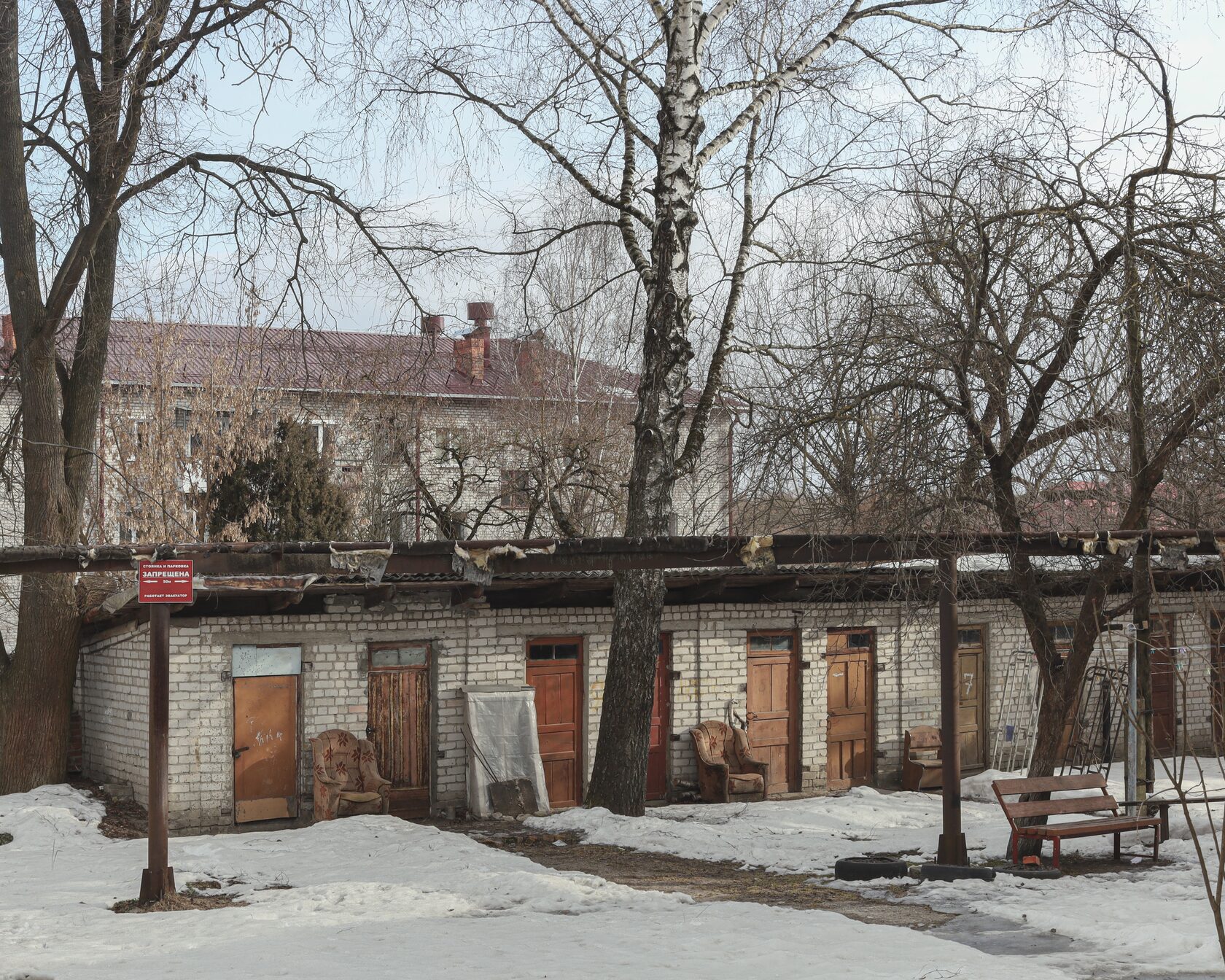

On the territory of the post-Soviet space in small towns, regional and district centers, life does not seem to change for decades.
Often visiting my parents in Bryansk, the town where I was born and grew up, I noticed that the town and the lifestyle of its people did not change at all. Store signs change, new neighborhoods are built on the edges of the town, there are fewer trees and more cars, but in general, the city and its people seem to stay in limbo. The townscape, like the lives of its inhabitants, changes only on the surface, but remains essentially unchanged.
When I worked on a series of pictures of the city and especially of the neighborhood where I grew up I received feedback from friends and fellow students that the pictures of Bryansk reminded them a lot of their own towns - the same statue of Lenin on the main square, the same busts of revolutionaries in the public garden, the same palaces of culture and pioneer houses as the central point of the neighborhood, the same departmental parks that necessarily have a summer stage and benches for spectators. Thus, Bryansk is an image of an average Russian city, a regional or district center, a kind of "district town N". The image of a city that avoids rapid change, digital technology, artificial intelligence and other high-tech progress, where retired's pension are still carried by postman, and the arrival of officials from the capital becomes a significant and defining event in the life of the city for a few months, or even years.
Often visiting my parents in Bryansk, the town where I was born and grew up, I noticed that the town and the lifestyle of its people did not change at all. Store signs change, new neighborhoods are built on the edges of the town, there are fewer trees and more cars, but in general, the city and its people seem to stay in limbo. The townscape, like the lives of its inhabitants, changes only on the surface, but remains essentially unchanged.
When I worked on a series of pictures of the city and especially of the neighborhood where I grew up I received feedback from friends and fellow students that the pictures of Bryansk reminded them a lot of their own towns - the same statue of Lenin on the main square, the same busts of revolutionaries in the public garden, the same palaces of culture and pioneer houses as the central point of the neighborhood, the same departmental parks that necessarily have a summer stage and benches for spectators. Thus, Bryansk is an image of an average Russian city, a regional or district center, a kind of "district town N". The image of a city that avoids rapid change, digital technology, artificial intelligence and other high-tech progress, where retired's pension are still carried by postman, and the arrival of officials from the capital becomes a significant and defining event in the life of the city for a few months, or even years.

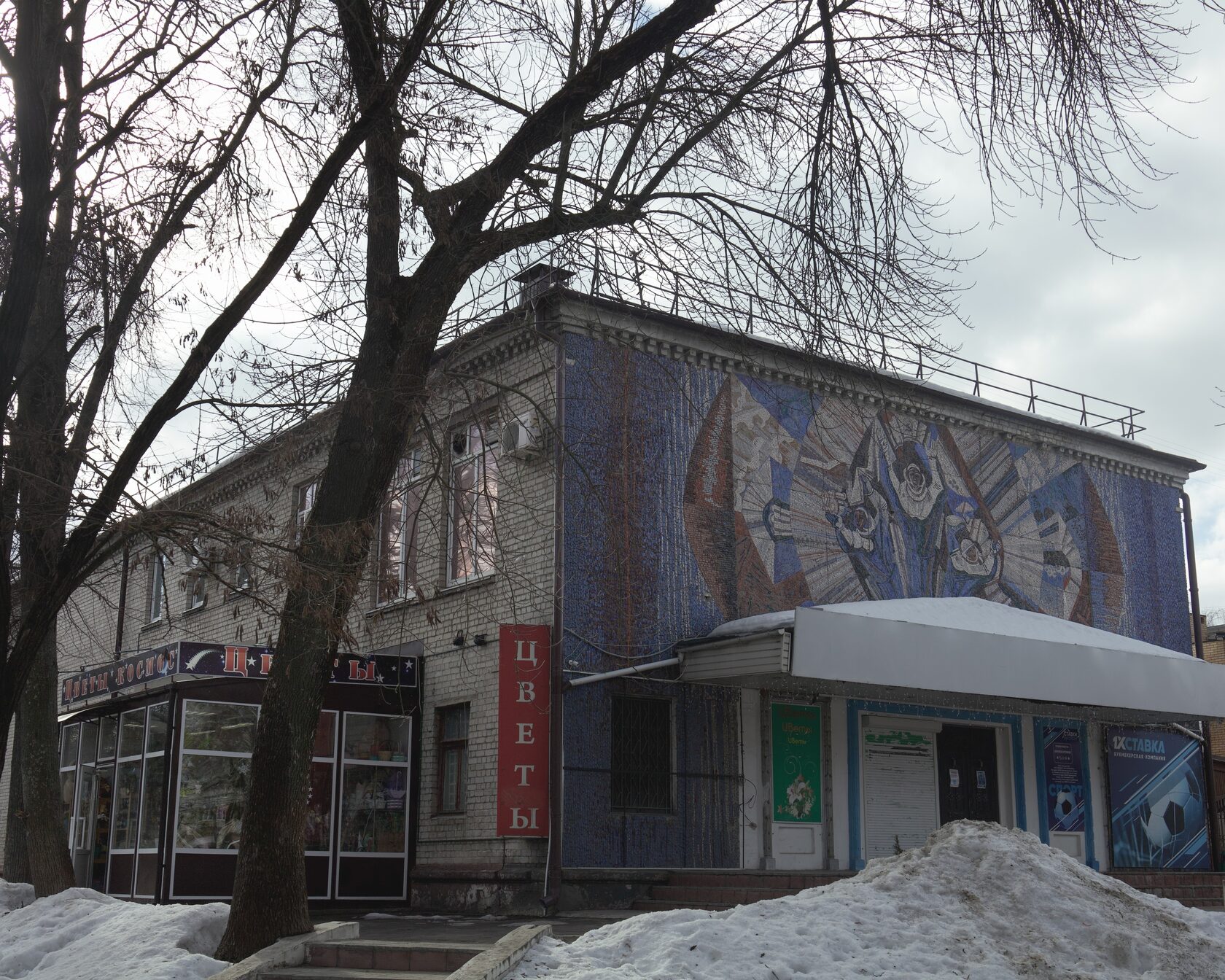
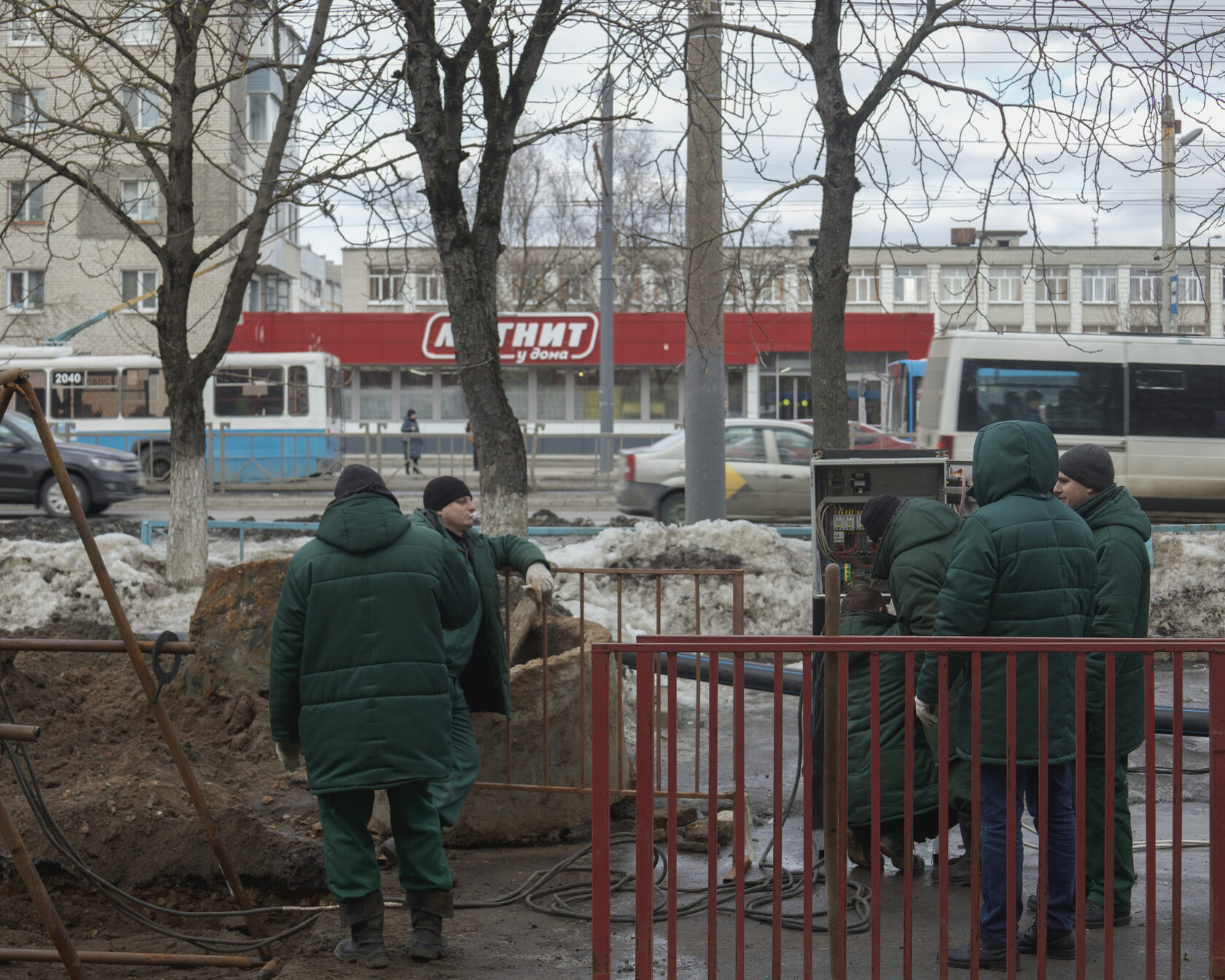
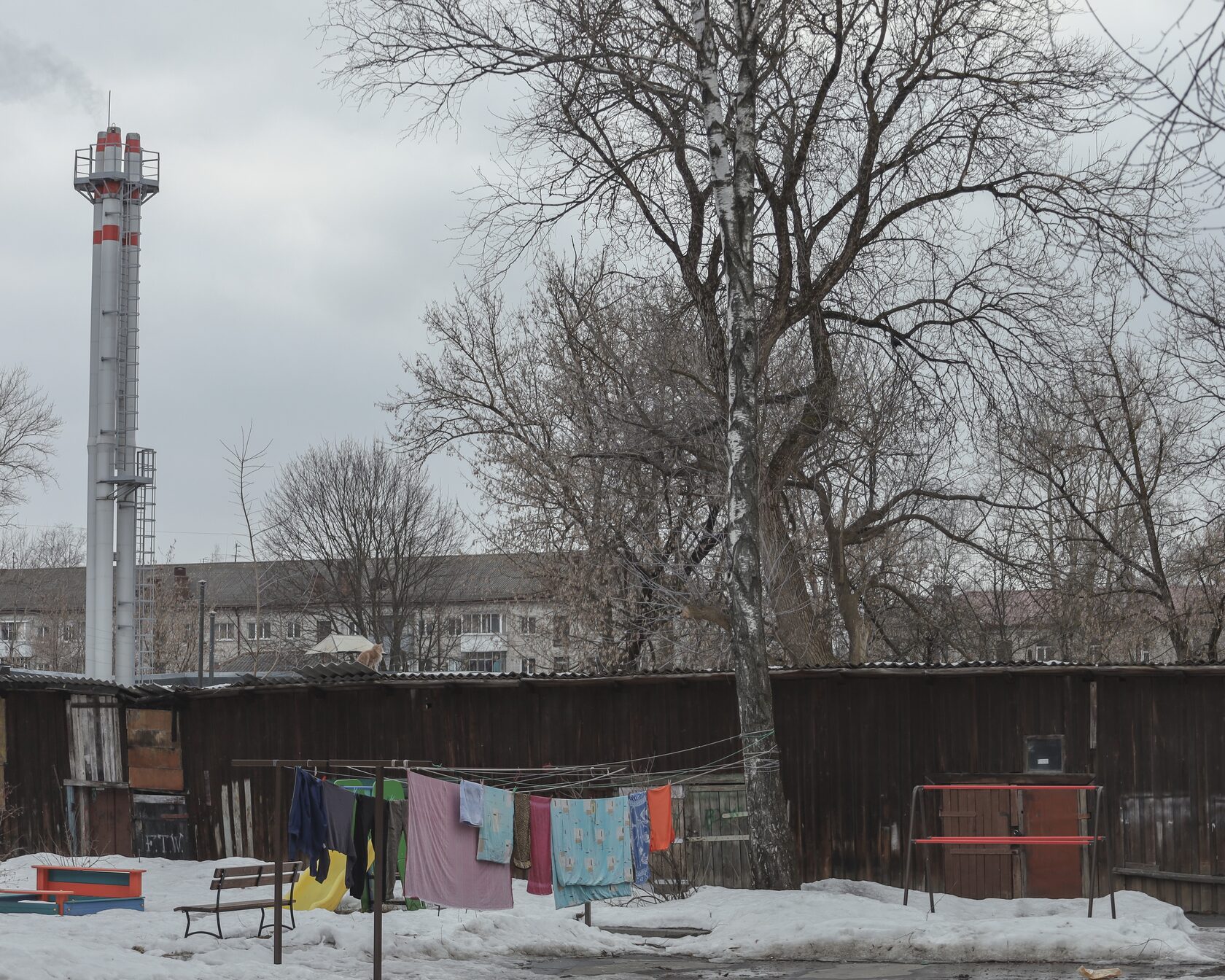
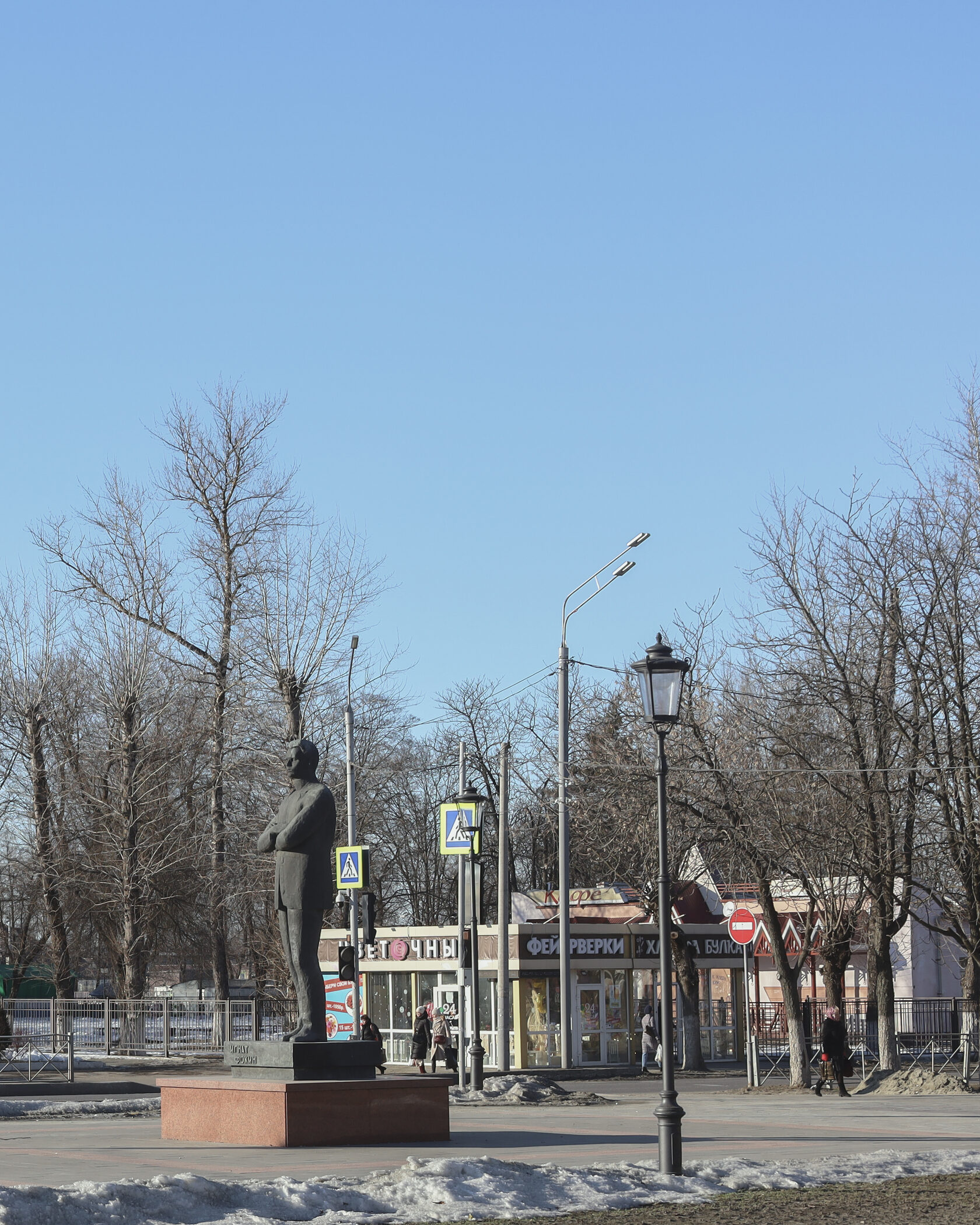
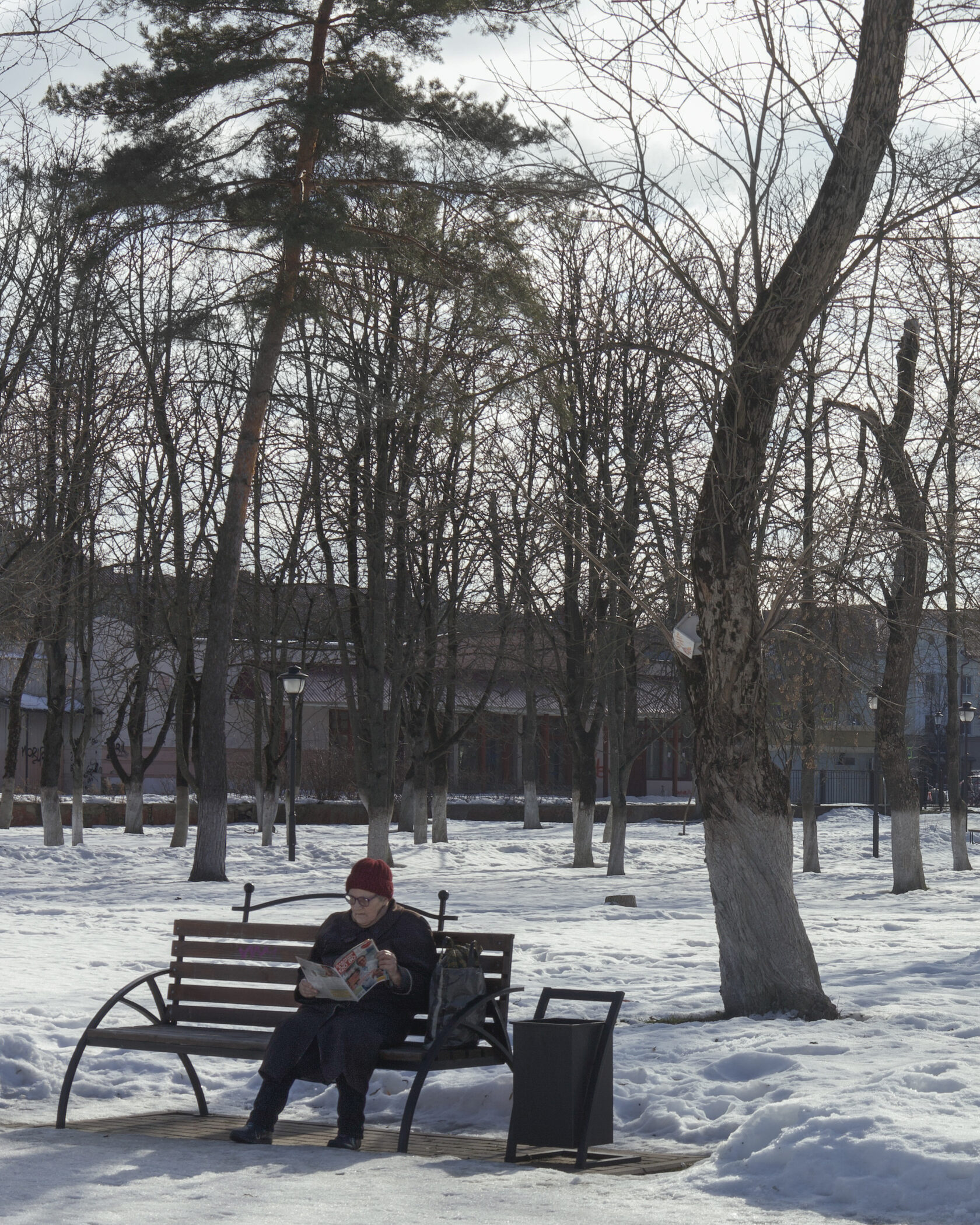
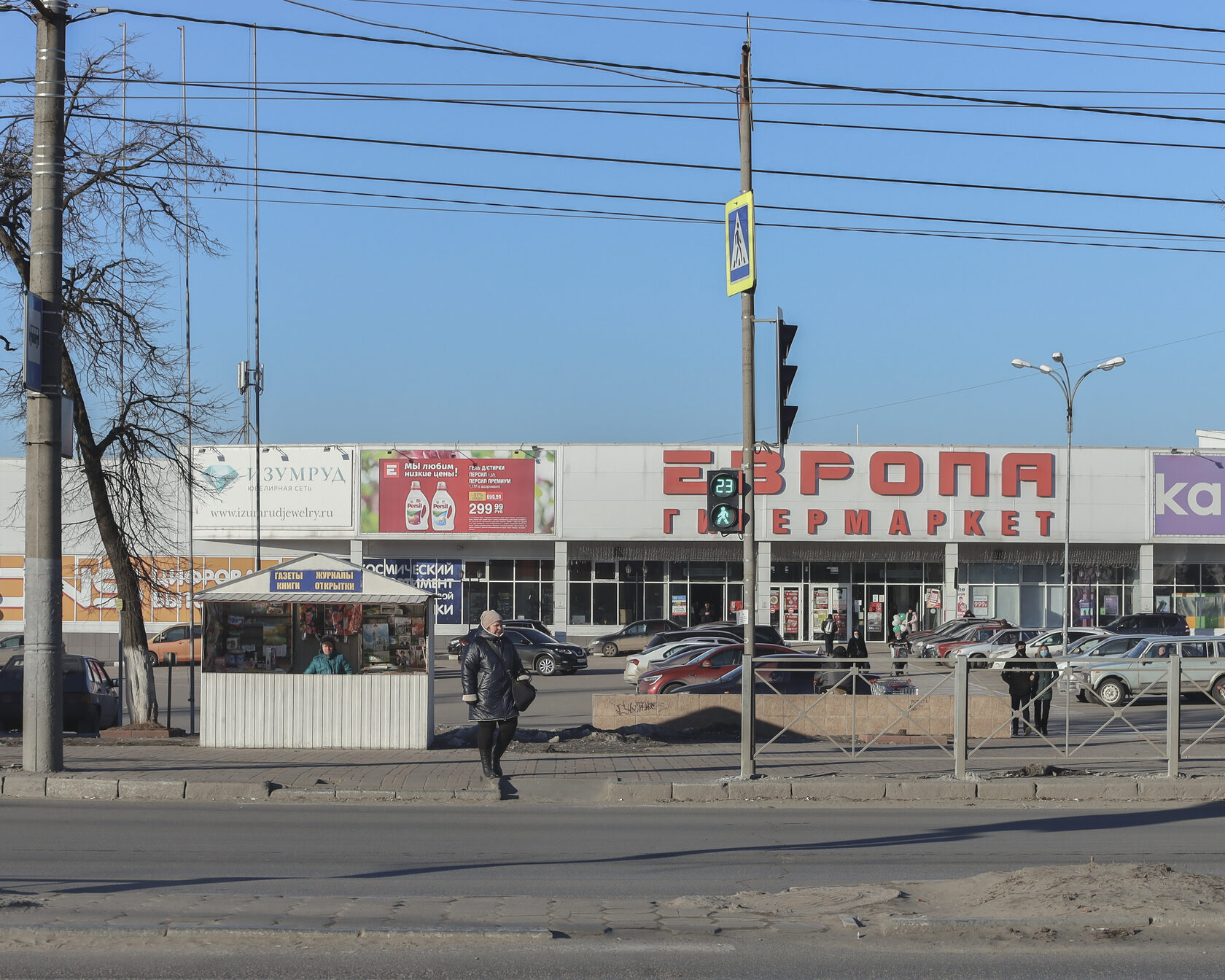
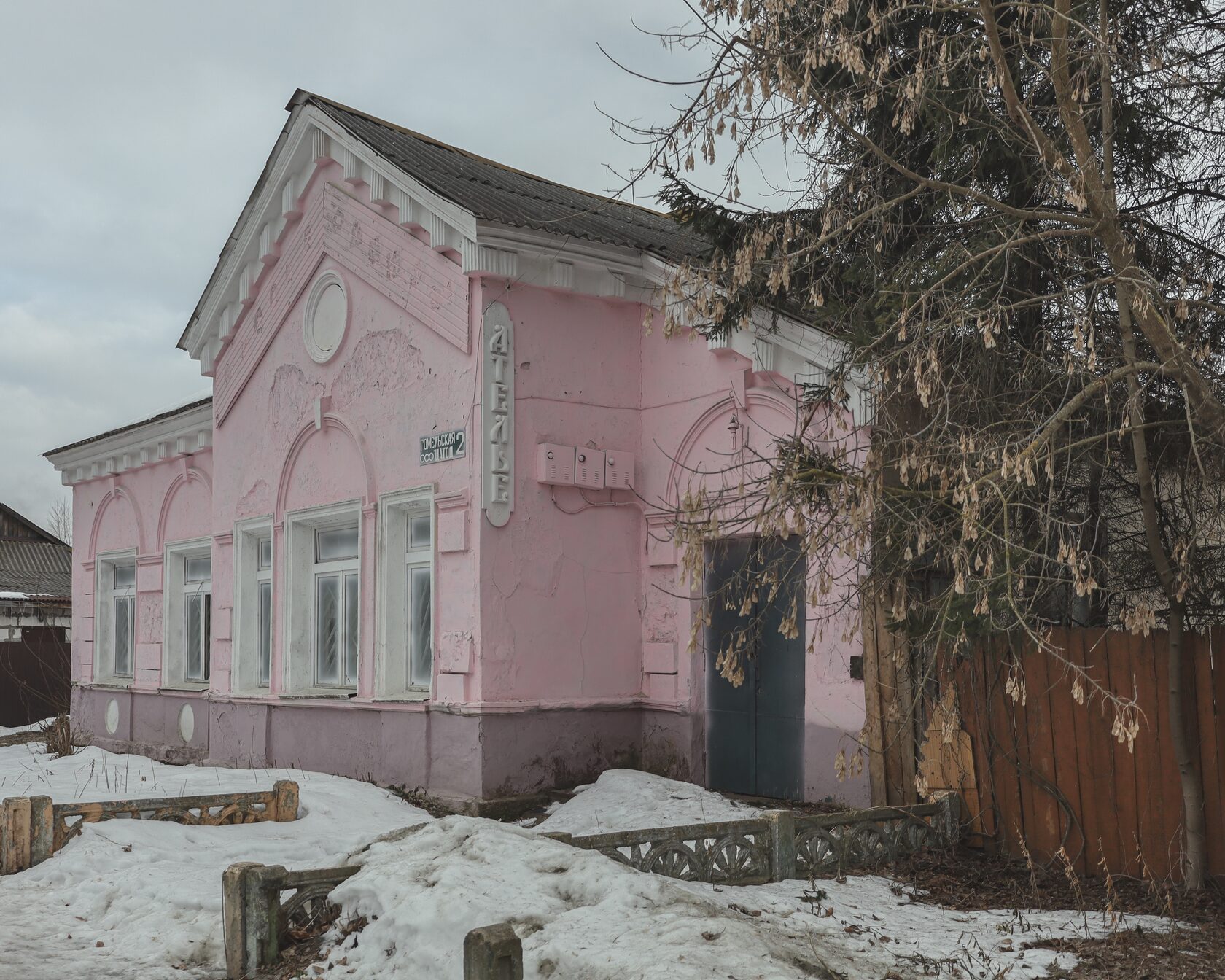
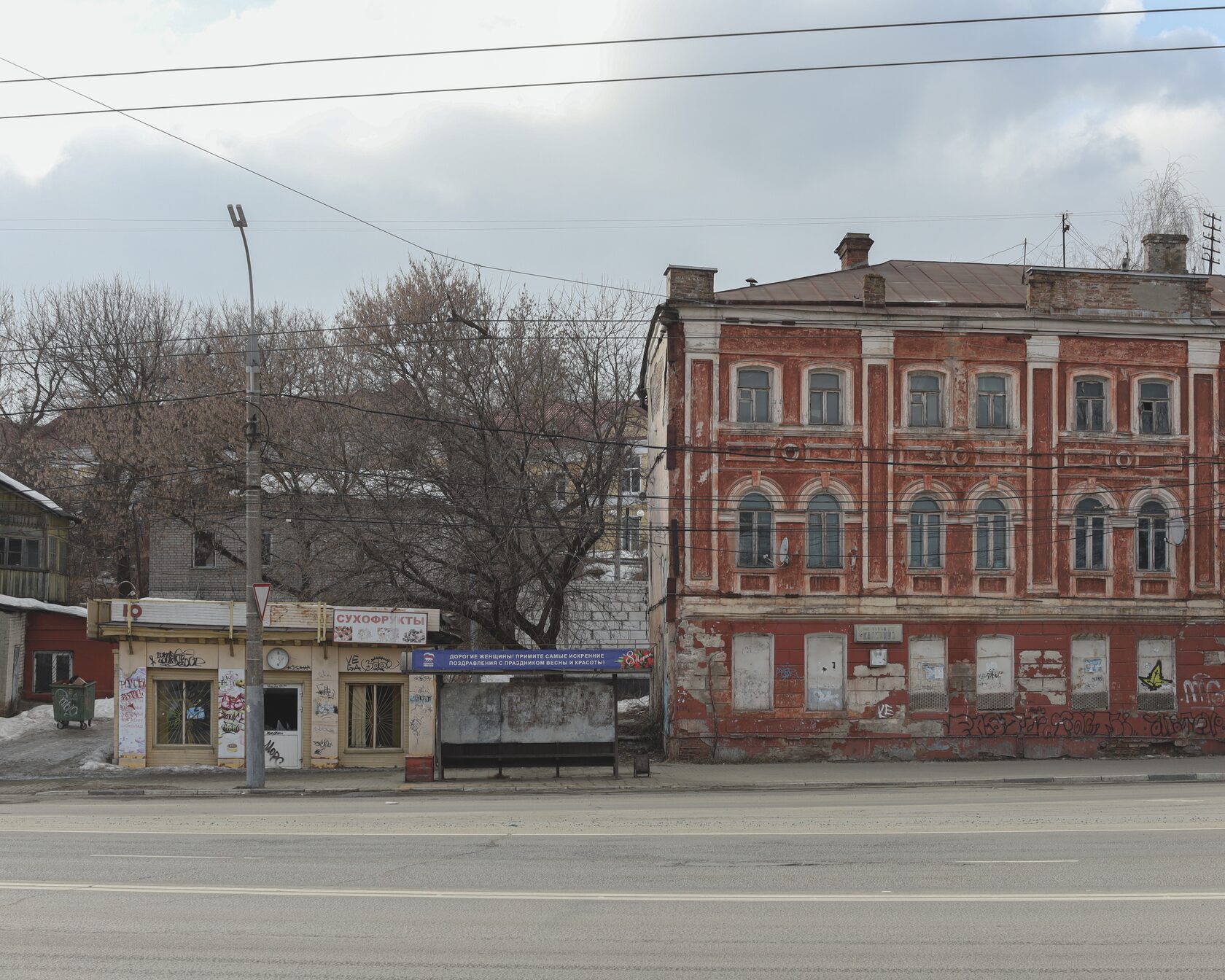
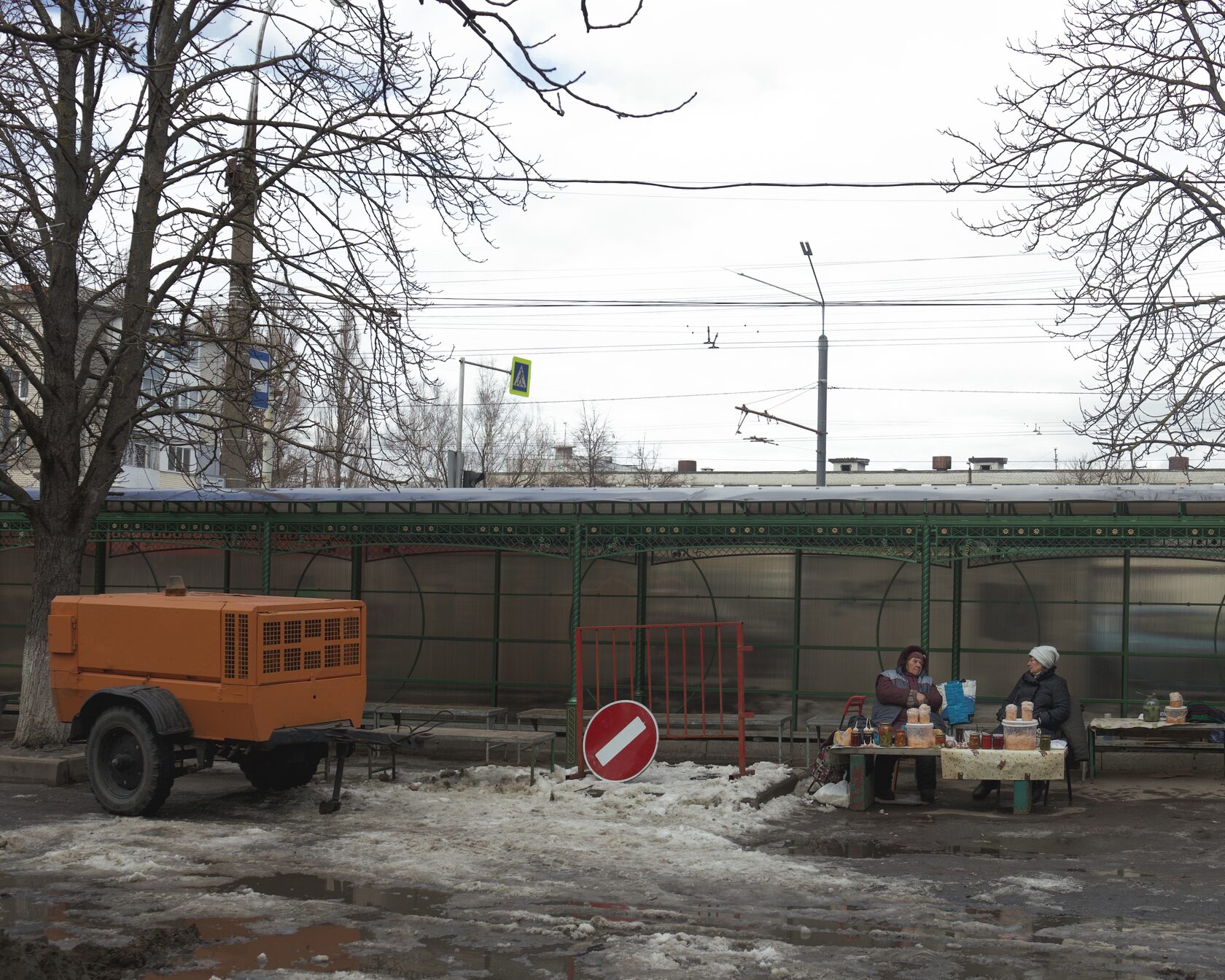
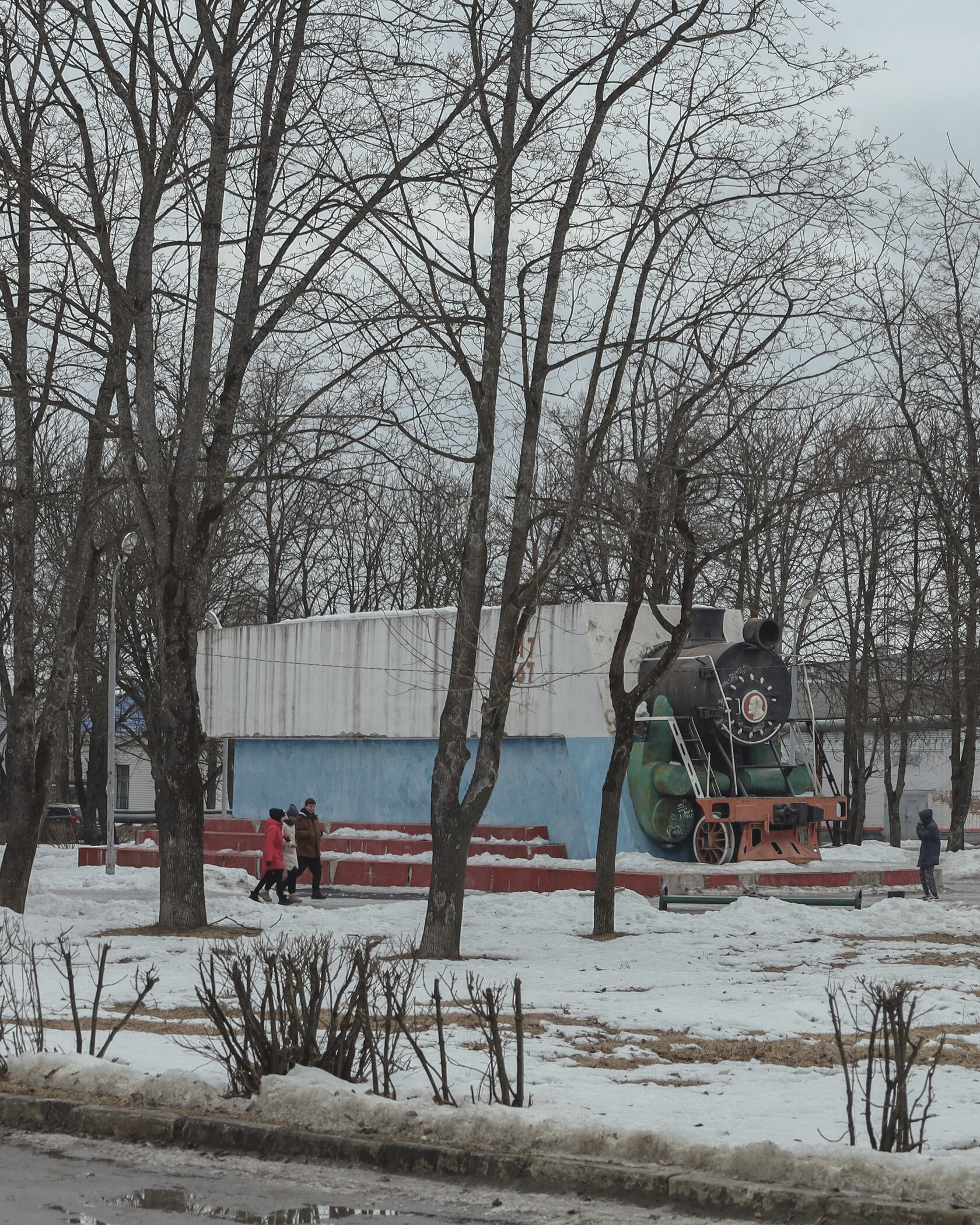
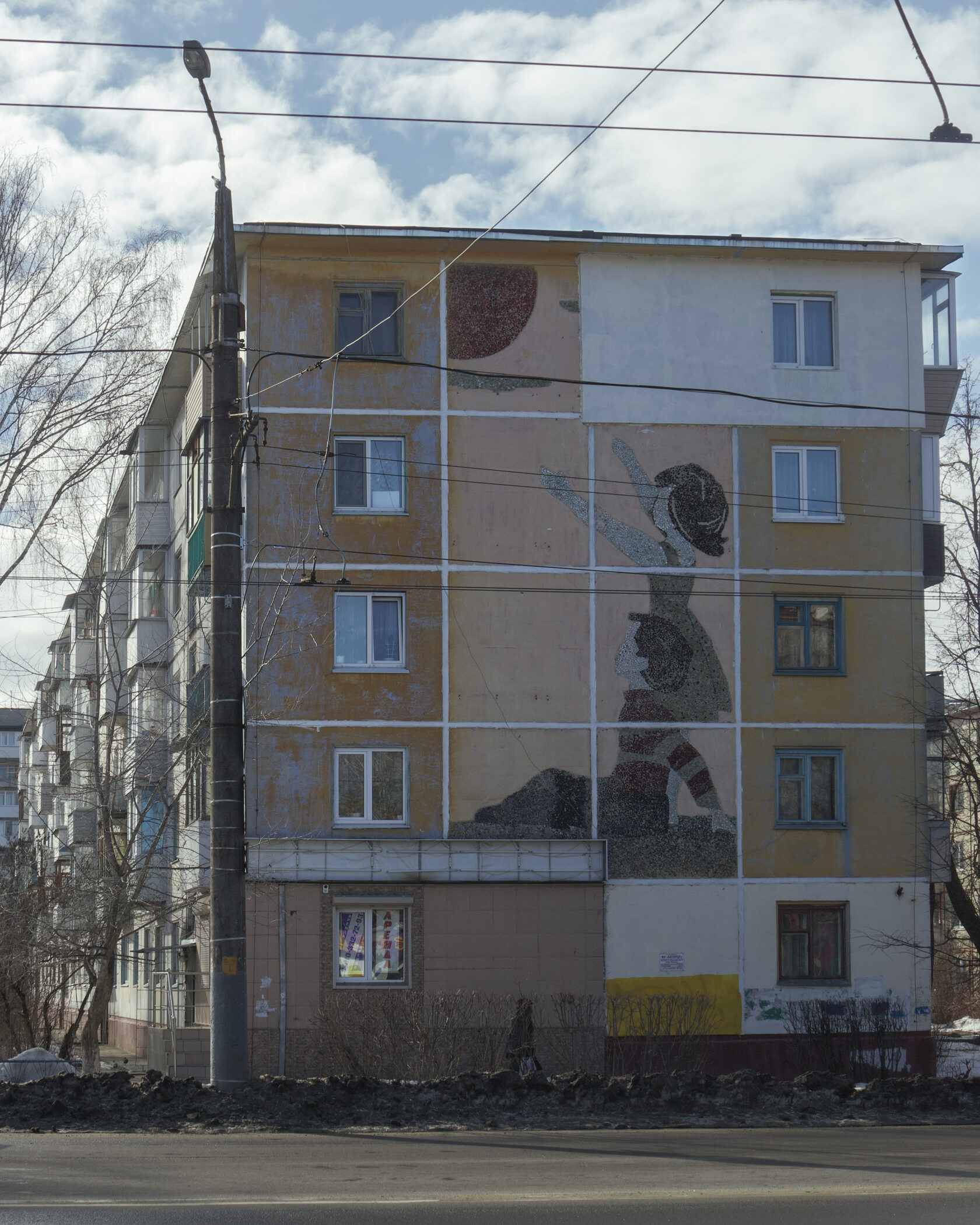

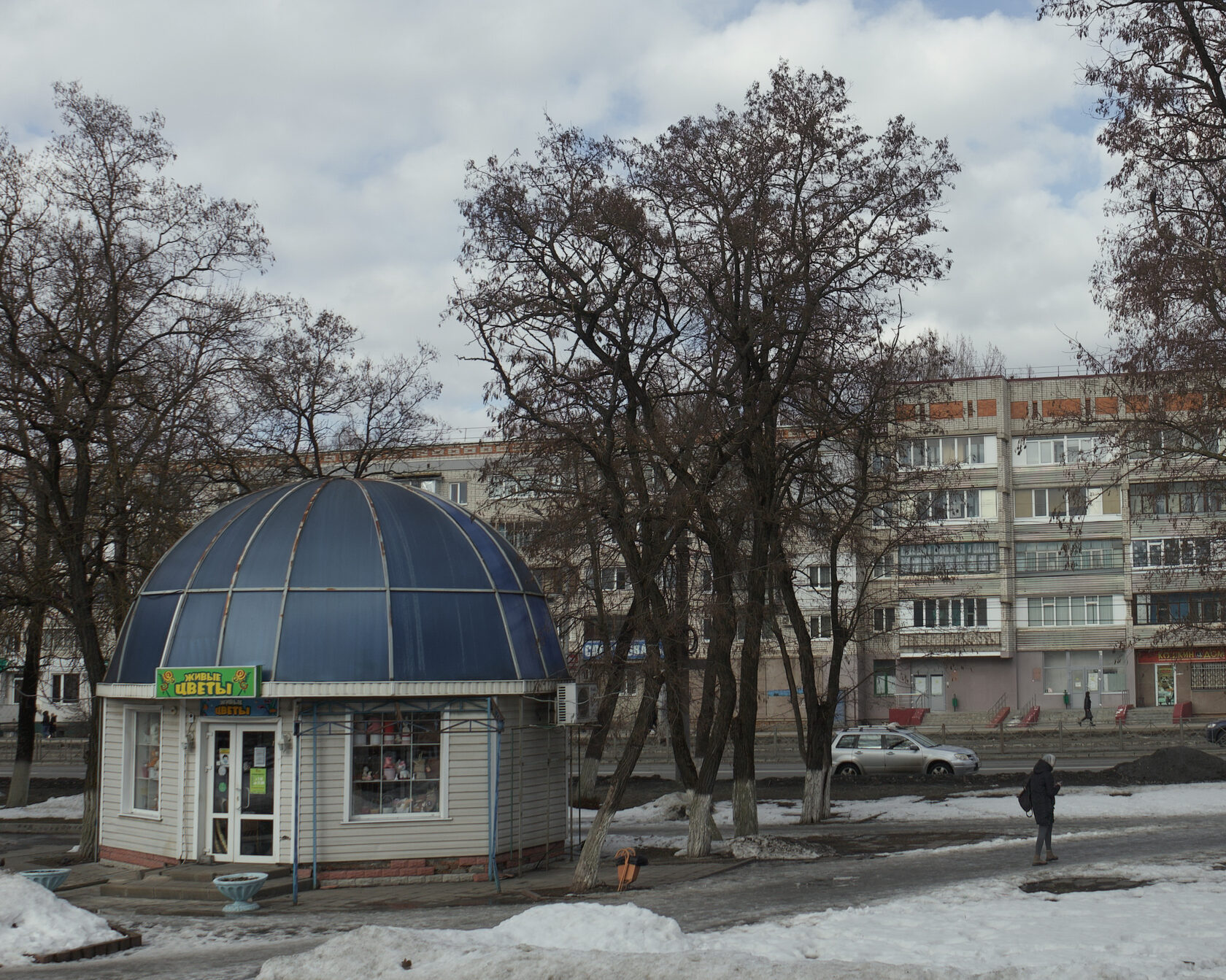
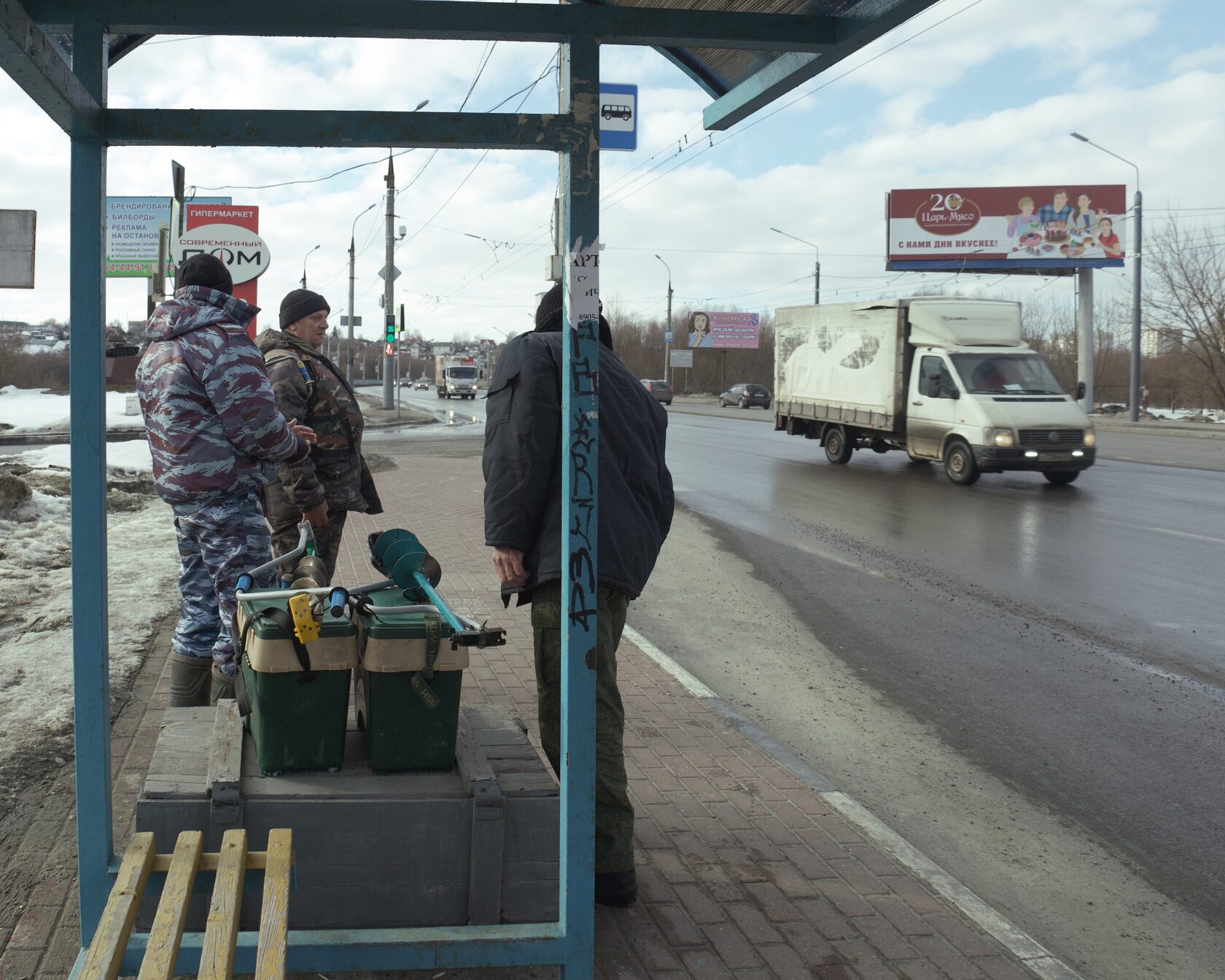
In this project, I reflect on the question of why the lifestyle and the way of thinking of people living in these towns have not changed, whether this is related to changes or lack of changes in the urban space, and how in general the image of the town affects people and how people affect the image of the town.
I am going to supplement the project with a photobook as well as reflections from my walks around the city.
I am going to supplement the project with a photobook as well as reflections from my walks around the city.

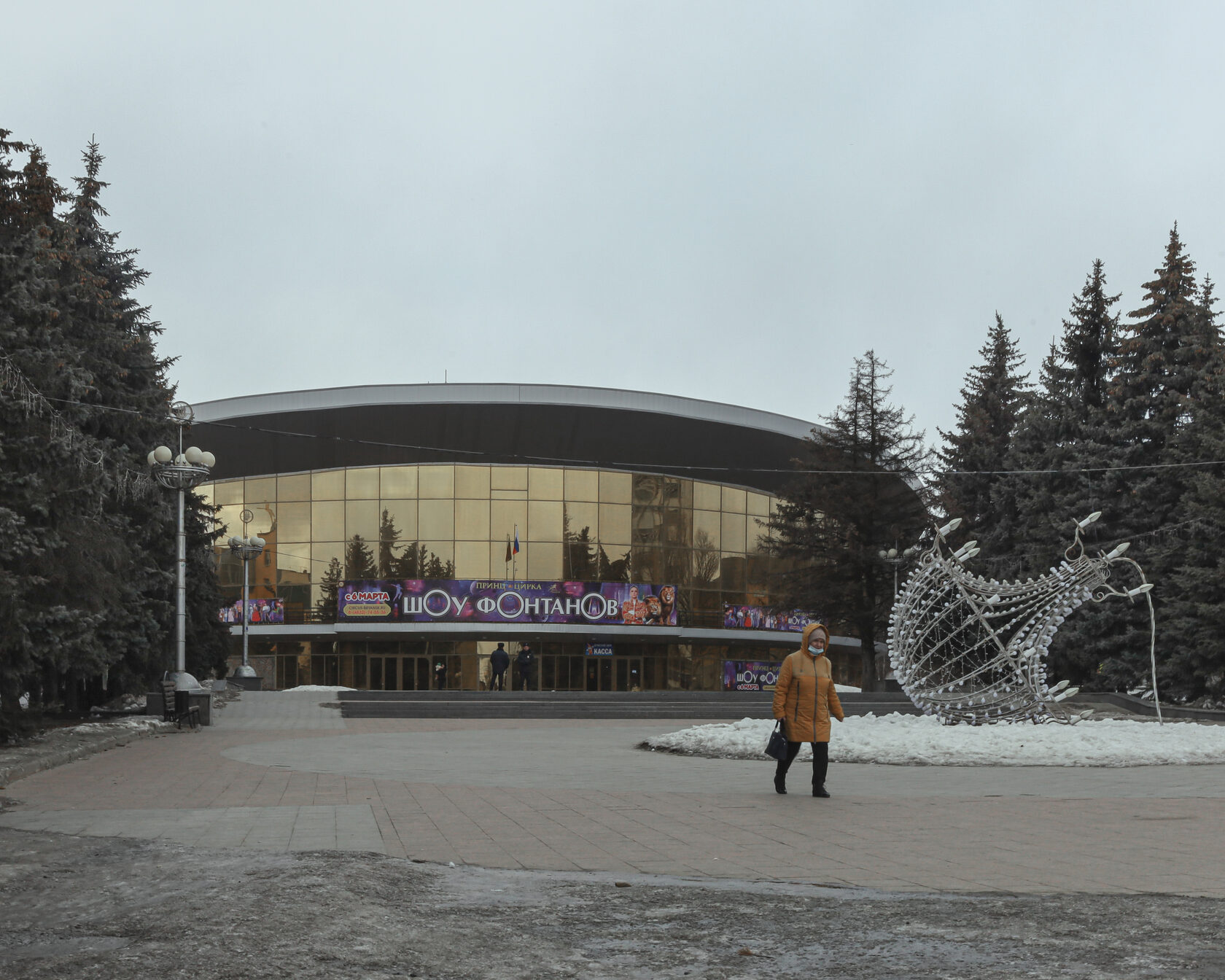








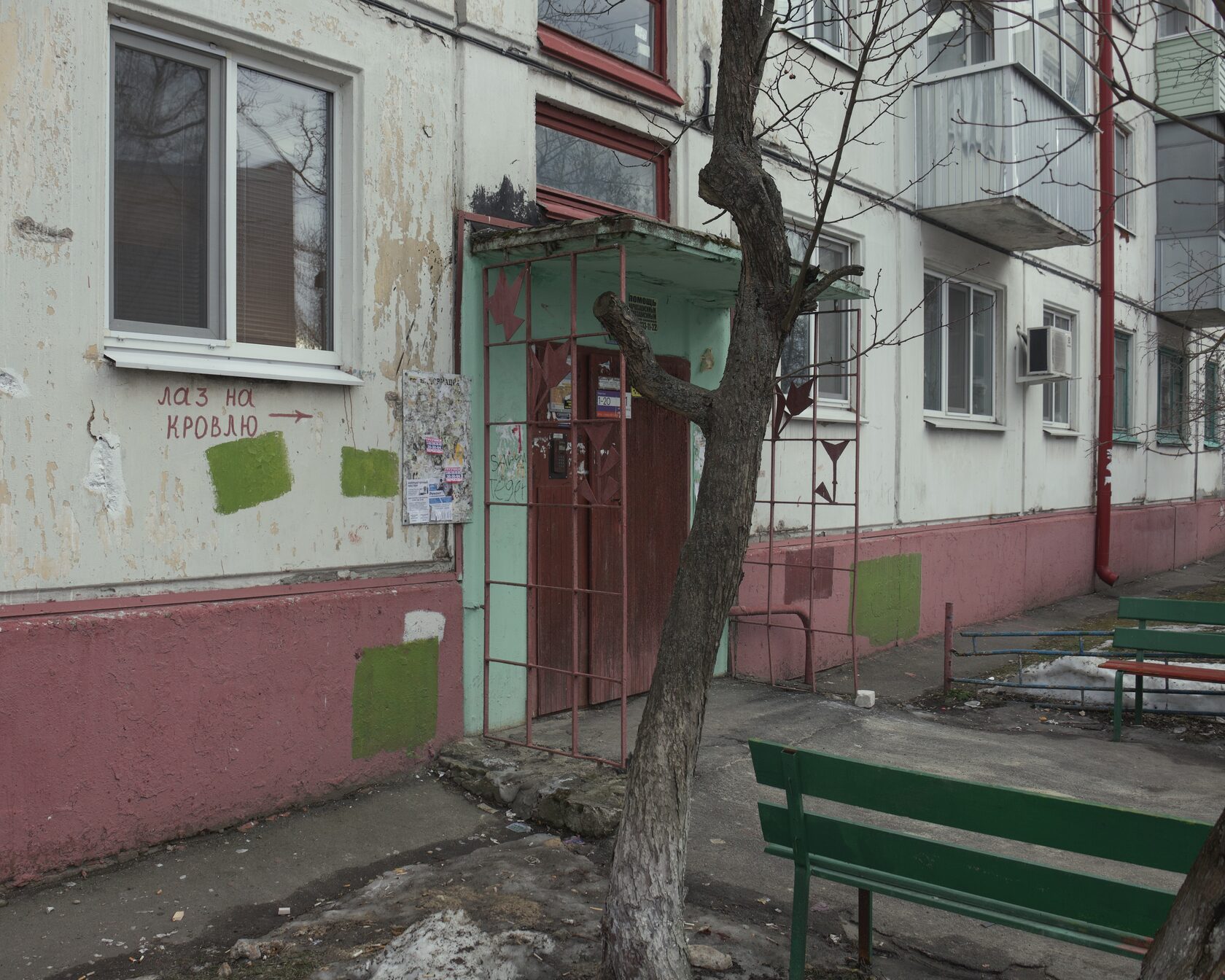






On the territory of the post-Soviet space in small towns, regional and oblast centers, life does not seem to change for decades.
Often visiting my parents in Bryansk, the town where I was born and grew up, I noticed that the town and the lifestyle of its people did not change at all. Store signs change, new neighborhoods are built on the edges of the town, there are fewer trees and more cars, but in general, the city and its people seem to stay in limbo. The townscape, like the lives of its inhabitants, changes only on the surface, but remains essentially unchanged.
When I worked on a series of pictures of the city and especially of the neighborhood where I grew up I received feedback from friends and fellow students that the pictures of Bryansk reminded them a lot of their own towns - the same statue of Lenin on the main square, the same busts of revolutionaries in the public garden, the same palaces of
Often visiting my parents in Bryansk, the town where I was born and grew up, I noticed that the town and the lifestyle of its people did not change at all. Store signs change, new neighborhoods are built on the edges of the town, there are fewer trees and more cars, but in general, the city and its people seem to stay in limbo. The townscape, like the lives of its inhabitants, changes only on the surface, but remains essentially unchanged.
When I worked on a series of pictures of the city and especially of the neighborhood where I grew up I received feedback from friends and fellow students that the pictures of Bryansk reminded them a lot of their own towns - the same statue of Lenin on the main square, the same busts of revolutionaries in the public garden, the same palaces of
culture and pioneer houses as the central point of the neighborhood, the same departmental parks that necessarily have a summer stage and benches for spectators. Thus, Bryansk is an image of an average Russian city, a regional or district center, a kind of "district town N". The image of a city that avoids rapid change, digital technology, artificial intelligence and other high-tech progress, where retired's pension are still carried by postman, and the arrival of officials from the capital becomes a significant and defining event in the life of the city for a few months, or even years.
In this project, I reflect on the question of why the way of life and the way of thinking of people living in these towns have not changed, whether this is related to changes or lack of changes in the urban landscape, and how in general the image of the city affects people and how people affect the image of the city.
I am going to supplement the project with a photo book as well as reflections from my walks around the city.
In this project, I reflect on the question of why the way of life and the way of thinking of people living in these towns have not changed, whether this is related to changes or lack of changes in the urban landscape, and how in general the image of the city affects people and how people affect the image of the city.
I am going to supplement the project with a photo book as well as reflections from my walks around the city.

















On the territory of the post-Soviet space in small towns, regional and district centers, life does not seem to change for decades.
Often visiting my parents in Bryansk, the town where I was born and grew up, I noticed that the town and the lifestyle of its people did not change at all. Store signs change, new neighborhoods are built on the edges of the town, there are fewer trees and more cars, but in general, the city and its people seem to stay in limbo. The townscape, like the lives of its inhabitants, changes only on the surface, but remains essentially unchanged.
When I worked on a series of pictures of the city and especially of the neighborhood where I grew up I received feedback from friends and fellow students that the pictures of Bryansk reminded them a lot of their own towns - the same statue of Lenin on the main square, the same busts of revolutionaries in the public garden, the same palaces of culture and pioneer houses as the central point of the neighborhood, the same departmental parks that necessarily have a summer stage and benches for spectators. Thus, Bryansk is an image of an average Russian city, a regional or district center, a kind of "district town N". The image of a city that avoids rapid change, digital technology, artificial intelligence and other high-tech progress, where retired's pension are still carried by postman, and the arrival of officials from the capital becomes a significant and defining event in the life of the city for a few months, or even years.
In this project, I reflect on the question of why lifestyle and the way of thinking of people living in these towns have not changed, whether this is related to changes or lack of changes in the urban space, and how in general the image of the town affects people and how people affect the image of the town.
I am going to supplement the project with a photobook as well as reflections from my walks around the city.
Often visiting my parents in Bryansk, the town where I was born and grew up, I noticed that the town and the lifestyle of its people did not change at all. Store signs change, new neighborhoods are built on the edges of the town, there are fewer trees and more cars, but in general, the city and its people seem to stay in limbo. The townscape, like the lives of its inhabitants, changes only on the surface, but remains essentially unchanged.
When I worked on a series of pictures of the city and especially of the neighborhood where I grew up I received feedback from friends and fellow students that the pictures of Bryansk reminded them a lot of their own towns - the same statue of Lenin on the main square, the same busts of revolutionaries in the public garden, the same palaces of culture and pioneer houses as the central point of the neighborhood, the same departmental parks that necessarily have a summer stage and benches for spectators. Thus, Bryansk is an image of an average Russian city, a regional or district center, a kind of "district town N". The image of a city that avoids rapid change, digital technology, artificial intelligence and other high-tech progress, where retired's pension are still carried by postman, and the arrival of officials from the capital becomes a significant and defining event in the life of the city for a few months, or even years.
In this project, I reflect on the question of why lifestyle and the way of thinking of people living in these towns have not changed, whether this is related to changes or lack of changes in the urban space, and how in general the image of the town affects people and how people affect the image of the town.
I am going to supplement the project with a photobook as well as reflections from my walks around the city.
